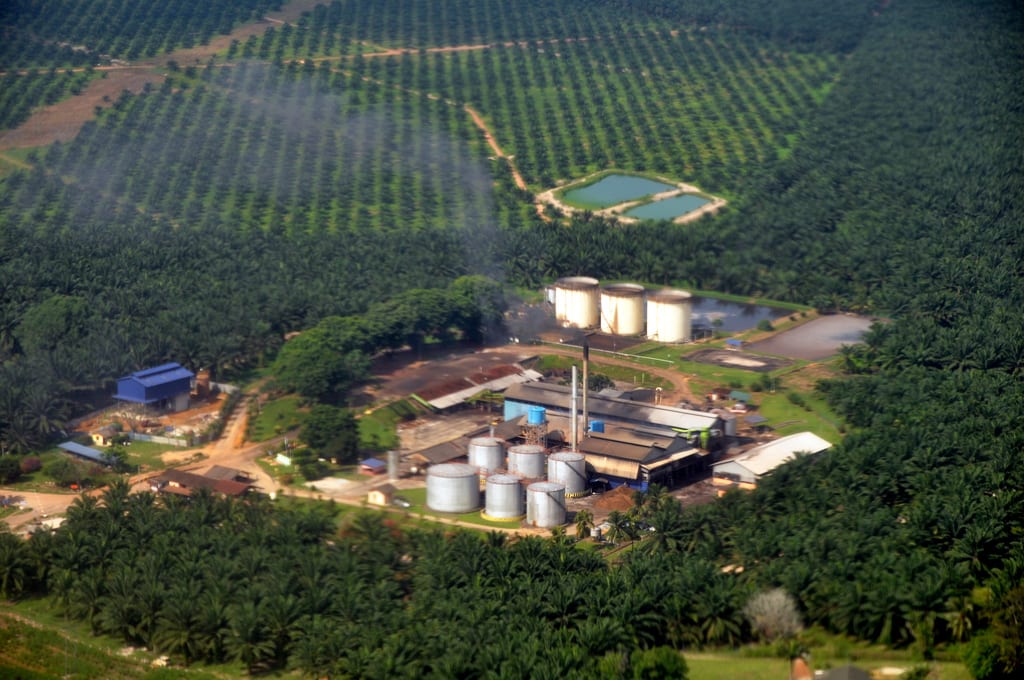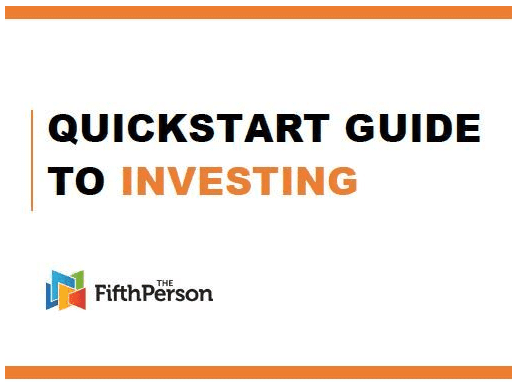
Photo: Marufish
In my previous article on Wilmar, I mentioned that very few companies in Asia have a vertically integrated business model like Wilmar. So what is vertical integration and how does it lend multiple advantages to a company like Wilmar?
A vertically integrated model means that a supply chain of a company is owned by that company itself – the company owns the manufacturer, supplier, distributor, retailer, etc.
In Wilmar’s case, the company owns the:
- Oil palm plantations that produce the oil palm fruit
- Milling plants that produce crude palm oil from the fruit
- Refinery plants that refine the crude palm oil into consumable uses
- Consumer products division which distributes and retails the final products
As you can see, Wilmar owns the entire supply chain upstream to downstream. It is a huge, complex operation that not many companies in Asia have. So what are the advantages of having a vertically integrated business model?
- Control. When a company owns the entire supply chain, they control the entire operation. They can effectively decide how, what, where, and when they like to manage the different segments to suit their overall corporate goals and strategies. They are not at the mercy of any third party (e.g. a supplier hiking its prices) and can basically command how the entire operation is run.
- Lower costs & higher efficiency. The key to competing successfully in any commodity businesses (like palm oil) is to be the lowest cost producer. For Wilmar, instead of transporting goods from point A to B, their plantations are located next to their milling and refinery plants to cut down on transport time and costs. Because goods are moved immediately, turnaround time is also drastically improved. The resources are also shared when the plants are co-located (i.e. milling plant located right alongside refinery plant). All of this improves overall efficiency and thus lowers the cost of production.
- Earnings stability. When commodity prices are depressed, Wilmar’s upstream division (i.e. plantations) earnings will be negatively affected. However, its midstream and downstream divisions will benefit from the lower raw material costs which translates to better profit margins. When the integrated model is at play, each segment hedges against one another. This allows Wilmar to post more stable and resilient earnings compared to a company that’s only focused on the upstream and whose earnings are subject to fluctuating commodity prices.
- Scalability. Wilmar has already successfully duplicated its vertically integrated business model it uses for the palm oil industry in the sugar industry. The company is also aggressively duplicating the model in Africa. To date, Wilmar has invested about US$800 million in greenfield agricultural projects on the continent. Kuok believes that this investment will seed Wilmar’s next phase of growth and bear a return of at least 20% per annum in the next ten years.
Are there any drawbacks to this model?
Of course, like any great thing, there are some drawbacks to vertical integration.
Firstly, it is not easy to implement successfully. As we can all see, there are a lot of complex moving parts that need to work together seamlessly for the integration to work. If the model isn’t executed well enough, the company would better off relying on the expertise and economies of scale of other vendors instead.
Secondly, large capital expenditure is required for a company to pursue this model successfully. Owning an entire supply chain is obviously very expensive. If the integration goes wrong, it can become very expensive to fix.
In Wilmar’s case, it looks as if they’ve got their vertical integration down right. They have years of experience with this model and are so successful at it they have even duplicated the model in other industries and continents. So while vertical integration might be a step too far for most companies, Wilmar has it covered.




